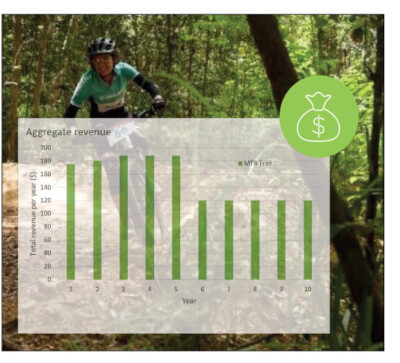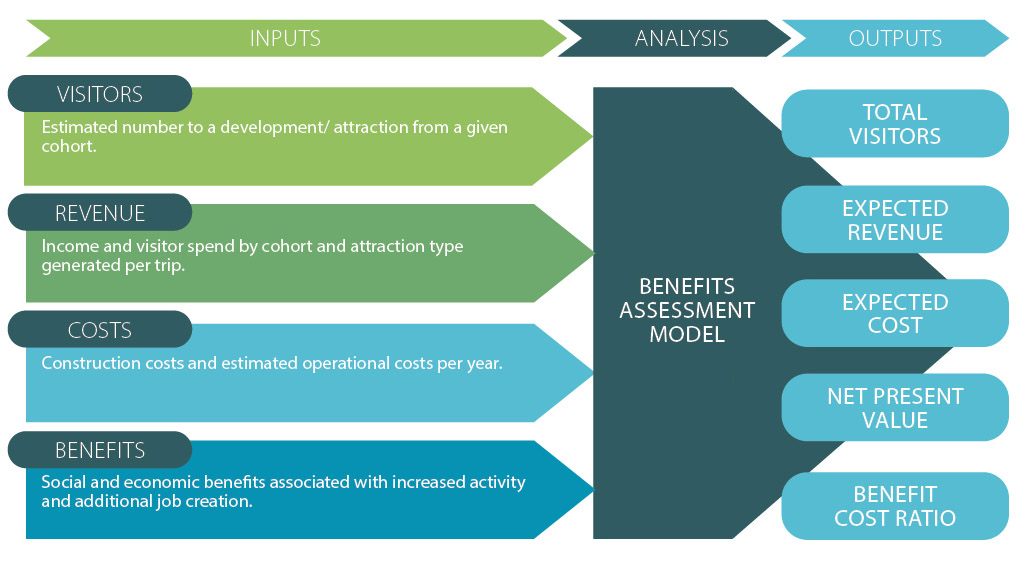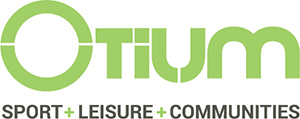![]() The Otium Analytics Benefits Assessment Model analyses the economic benefits of a proposed project and converts social and health benefits to an economic value. The assumptions and economic outputs are updated and calibrated for each project to reflect any new work on benefits calculation and the local economic conditions of the project being modelled.
The Otium Analytics Benefits Assessment Model analyses the economic benefits of a proposed project and converts social and health benefits to an economic value. The assumptions and economic outputs are updated and calibrated for each project to reflect any new work on benefits calculation and the local economic conditions of the project being modelled.
Otium’s Social and Economic Benefits Model provides an assessment of projects to identify:
- Direct economic benefits in terms of:
◊ Capital spends
◊ Revenue generated
◊ Recurrent spend (operating expenditure)
◊ Jobs created in construction and operation - Indirect economic (flow-on) benefits in terms of:
◊ Additional economic activity
◊ Additional jobs - Social and Health benefits in terms of:
◊ Criminal and social justice benefit
◊ Human capital benefit
◊ Personal health benefit
◊ Productivity benefit - Net Present Value and BCR (benefit to cost ratios) using a range of discount rates
The model considers a range of inputs and estimated economic outputs to derive the above, including:
- Regional economic and industry data
- Proposed capital cost
- Estimated Recurrent / operating expenses and revenues
- FTE jobs associated with construction and operation (usually based on industry figures for the region)
- Industry/ activity specific economic multipliers
- Likely per visit expenditure
- Economic benefit of deferring or avoiding health costs
- Assumptions on 10 (or more) year operating periods
- Assumptions on management and operational models.

